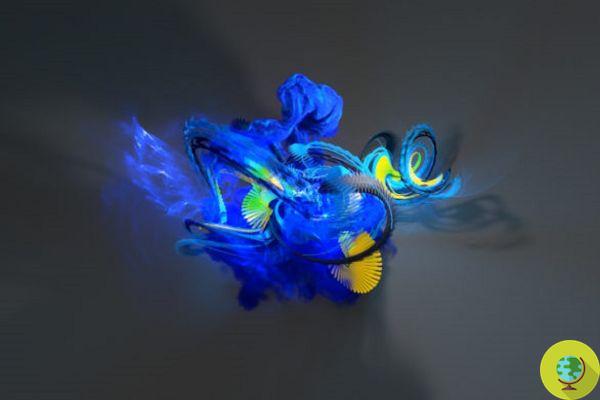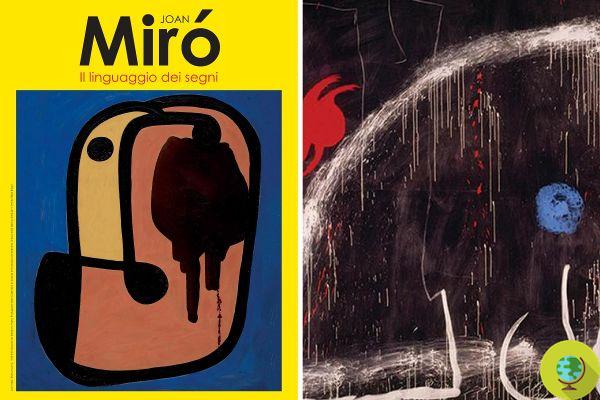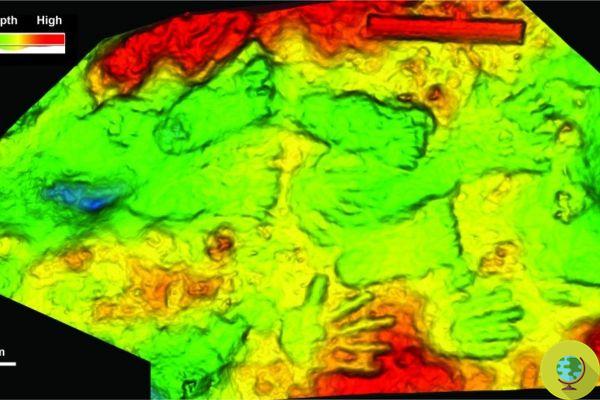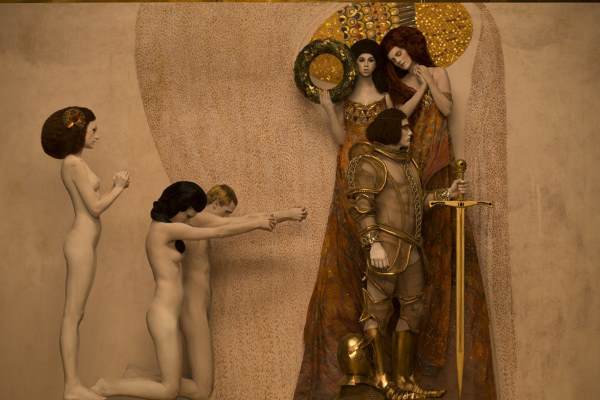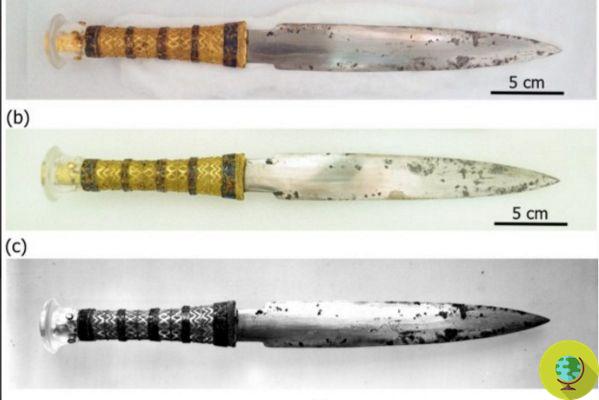
The iron dagger of the Egyptian pharaoh Tutankhamun has been re-studied by Japanese researchers who have found new information
On the iron dagger of King Tutankhamun, preserved in the Egyptian Museum in Cairo, hovers a thick veil of mystery that scholars all over the world have tried to thin out. Found by archaeologists in the pharaoh's sarcophagus, the famous weapon has attracted the attention of many researchers, being forged by a meteorite, as confirmed by a study conducted by the Politecnico di Milano in 2016.
Experts from the Polytechnic had traced in the dagger a percentage of nickel and cobalt that corresponded to the composition of 11 ferrous meteorites analyzed in the same way, providing the first information on the meteorite that made up the blade, but where this came from was still unclear. To discover new details about the dagger was recently the team of the Chiba Institute of Technology, whose research was reported in the scientific journal Meteoritics and Planetary Science.
Researchers from Japan conducted, via X-rays, a non-invasive chemical analysis on the blade of the weapon, from which it emerged a plot known as Figures di Widmanstätten, typical of the so-called ferrous meteorites ottedriti which come in most cases from the main asteroid belt located approximately between the orbits of Mars and Jupiter.
In the metal cores of partially molten asteroids, iron-nickel alloys crystallize in a distinctive pattern known as the Widmanstätten structure. It forms only deep inside planetary bodies that take millions of years to cool. pic.twitter.com/acuiqexnBD
— American Museum of Natural History (@AMNH) December 3, 2018
The Widmanstätten motif, as well as the inclusion of the troilite mineral that was observed in some places on the dagger, also demonstrates that the iron dagger was produced by low-temperature forging. The recorded data were then compared with the same analyzes performed on Japanese imperial weapons made with an octahedrite.
But the researchers also discovered more: a percentage of sulfur-free calcium was found on the gold parts of the gun handle, suggesting the use of lime plaster as a material for the decoration of the dagger rather than plaster. Since the use of lime plaster began in Egypt during the Ptolemaic period 320 - 30 BC, before the reign of Tutankhamun, this dagger did not belong only to the young pharaoh, but will be passed down from generation to generation.
As reported by the Letters of Amarna, clay tablets written in cuneiform from the fourteenth century BC, a similar dagger had been given to the pharaoh Amenofi III, Tutankhamun's grandfather.
Fonte: Meteoritics and Planetary Science
Follow your Telegram | Instagram | Facebook | TikTok | Youtube
- We also recommend:
- The ancient lost gold city of Luxor has been found in Egypt. It is the most important discovery since Tutankhamun's tomb
- Nefertiti: no secret chambers in Tutankhamun's tomb
- Queen Nefertiti made from 8000 Lego bricks is truly a work of art
- New exceptional discovery in Egypt: pair of sphinxes found in the ancient temple of Amenhotep III in Luxor









